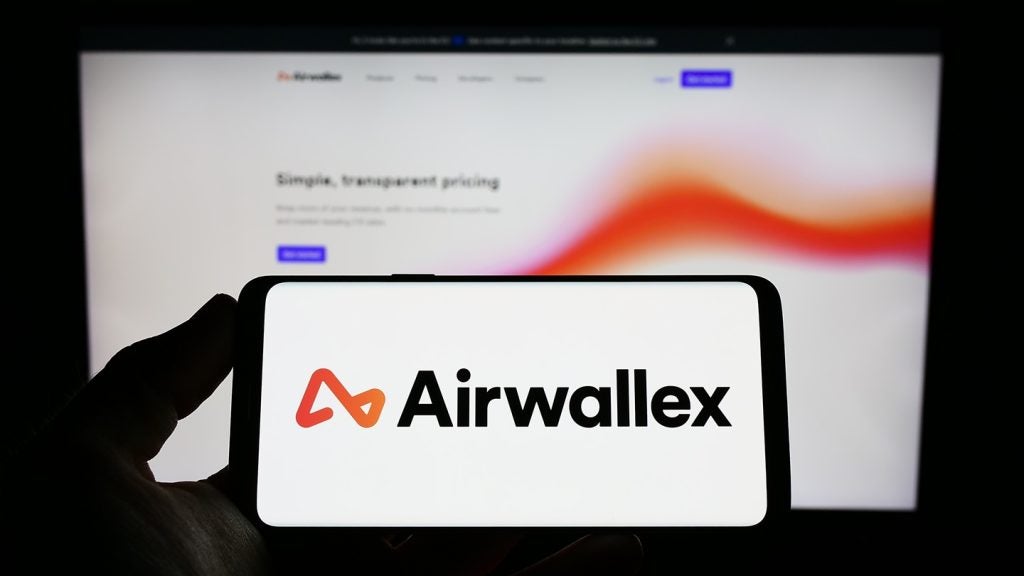With CEEMEA set to continue its rapid growth, the challenges of the payments infrastructure combined with the potential risks and a difficult regulation landscape have not put BofAML off the idea of expansion into the market. EPI spoke to Chris Jameson, head of sales for global transaction services (GTS), at BofAML
In the last few years, Africa and the Middle East have emerged as regions that look to be key to the future of the banking and payments industry. Foreign banks have seen an opportunity and flocked to the regions to take advantage of the burgeoning banking market.

Access deeper industry intelligence
Experience unmatched clarity with a single platform that combines unique data, AI, and human expertise.
However, foreign banks’ efforts to expand into the area have often looked to be hampered by the current lack of infrastructure in the region. In the developing markets of the region, infrastructure is many years behind more mature markets and proves a challenge to the development of the region’s payments industry.
Issues of infrastructure
Jameson says: "Infrastructure is a challenge, when you look at the payment networks across Africa, infrastructure is not where it needs to be yet.
"In terms of regulation, for these markets to be successful and attract foreign investors, foreign banks and foreign companies, a minimum level of regulation is required to provide them with comfort in operating there. So I think you will see also the regulation start to increase in a positive way, to facilitate the growth in those markets over the coming years."

US Tariffs are shifting - will you react or anticipate?
Don’t let policy changes catch you off guard. Stay proactive with real-time data and expert analysis.
By GlobalDataJameson is keen to emphasise the role of Chinese banks in bringing infrastructure in the region up to scratch, with a particular focus on sub-Saharan Africa.
He says: "They have done a very good job in bringing bank infrastructure to the region. The challenge for Africa as a continent is perception, the perception of people who haven’t had an opportunity to travel there and gain a true ‘feel’ for it."
The African continent has its share of strong, developing economies, but Jameson cautions that there will be obstacles to come, and that fledging economies will need the support of banks from more mature regions to overcome these challenges.
Jameson says: "It has very strong growing economies across the continent, for example Angola and Ethiopia, whereas there is a need for international banks to support growth in those markets. It is therefore somewhat different from the Middle East, they have their distinct challenges, but substantial opportunities exist in both.
"Historically, the middle-eastern opportunity was talked about and has now been leveraged, for Africa growth has been talked about but not yet leveraged – we will start to see that change now."
Planned projects
Taking a long term view, Middle Eastern infrastructure looks to be boosted in the next two decades by a couple of big events planned in the region. Jameson says that BofAML has hopes that the Qatar World Cup 2022 and Abu Dhabi Economic Vision 2030 will prove an incentive to the governments of the region to invest in infrastructure.
He says: "As we all know, there are large infrastructure projects in the region planned over the next 15-20 years. Abu Dhabi has its Economic Vision 2030, and as a part of that, there will a lot of infrastructure growth and construction.
"If we look at the infrastructure linked to the Qatar 2022 World Cup, that includes transportation, power generation, all the way through to the air conditioning for the stadium which has been a big topic on the news at the moment.
"The World Bank estimates $160 billion in infrastructure spend in the region between now and 2020. Oil producing nations will spend 11% of their GDP on that infrastructure growth. So, trade finance is a key facilitator, it’s essential."
Prospects of a single currency region
Moving to the Gulf Co-operation Council region, which encompasses Bahrain, Kuwait, Oman, Qatar, Saudi Arabia and the UAE, many have hopes that the payments industry in this region will at some point be bolstered by the adoption of a single currency.
Jameson is reluctant to commit to a standpoint on the issue: "It is very difficult to predict the future, and I think these groups of countries have to try to push forward payment innovation."
However, he goes on to explain that the concept of a single currency in the region is not so very strange when you compare it to the EU region. He says: "People often raise the topic of a single currency for the GCC, when you compare to the Euro zone – 17 markets, very individual in nature vs. 6 markets here, similar oil dominated economies and similar petroleum based product exports.
"So more natural synergies exist in the GCC, in terms of proximity of the countries and their economies – it may never materialise however the opportunity definitely appears more straightforward than the Euro zone."







